Lorgan's Notes: Glass Floats
Glass floats are ocean-bound creatures that float about in the waves and snag unlucky food that comes too close. Or so I thought. But the Snake's Den has land-bound ones, too!
Research:
Glass Floats
by our intrepid Finder hero, Lorgan the Stunned In this Research Document:
Glass Floats
by our intrepid Finder hero, Lorgan the Stunned In this Research Document:
all images by Shanda Nelson unless otherwise stated
Glass Floats
Ever been stung by a float? I had, when I was alive. Not the funnest few days in the hospital, and ended my dreams of triathlon because I developed an allergy to ocean water (no, really!). So when I first happened upon this image, my reaction was revulsion. My second, was why an ocean-bound animal came up in research on the Snake's Den, a very dry, very non-ocean desert. Glass floats also live on land, Finder Sefeth said. NOOOOO! I thought. That's another terrible creature I must watch for and avoid because of said allergy (it IS a real thing, I assure you). But glass floats on land are different from their ocean-bound cousins. While they possess stinging tentacles, the only time they deploy them is during rock storms. The tentacles then flap in the winds and extract nutrients from the sand and dust flying by (I assumed they sucked essence from the clouds, like ghosts suck essence from mists. Further research proved my hypothesis correct, but that they also 'clean' the sand and dust in this way. Basically, they eat bad magical essence). Yes, that is odd, but why is it Finder noteworthy?
2 Reasons!
- Glass floats sit in caves and cracks and any other dark place they can find until a rock storm approaches. They can tell one has formed long before it's been sighted. No research, as far as I can tell, has been done concerning this extraordinary phenomenon, but the natives of the Snake's Head Peninsula use them as a sign of approaching danger. See cliff sides resplendent with these creatures, you know you need to hide and FAST.
- Glass floats are used as illumination sources. Once fed, they emit a bright light from this thing called a tube that hangs down from the central dome. The light rarely fades between feedings. Since rock storms happen all the time in the Snake's Head Peninsula, they don't go long between meals. If you need a light source in deep, dark places (like Underruin) you can find one of these.
NOTE FOR FUTURE FINDERS: Despite the fact they don't sting, they feel like...jelly, if held. The natives have special lamp casings they use when they need them during travel. And they grip sticks well, so you can use them as a torch. For stationary uses, just set them on a table. They freeze in place, and their arms hold them upright.
Appearance
Glass floats are transparent, their outer shell behaving like glass. Their interior organs glow, emitting enough light to read by. Larger floats can easily illuminate a room, though looking directly at them is blinding. They have a curved bell with glowing stripes. The longer arms are used to keep them upright on surfaces, their shorter curl into nice patterns. The tube hangs from the middle of the bell and has a mouth at the bottom end, a stomach in the middle, and reproductive organs on the bell end. The glow is a byproduct of digesting essence (basically, their waste), and there is no way to turn it off. The creatures have two distinct glow colors, which tells you the part of the peninsula they natively call home.
NOTE: When a float stops emitting light, it's dead. Leave it be. Some very nasty gassy stuff rises from the decaying corpse, and it can make even ghosts feel ill.
NOTE: Floats are not bred by the natives. Either new floats naturally find their way to living quarters, or hunters go into caves and harvest them. To detach one from the rock, you need to use an enchanted blade (the vi-vans refuse to share the spell, the Voristi at Grindal Oasis sell the blades like candy). Cut the arms, just above the spot they attach to the surface. They'll leak a nasty substance that I've been told smells like sulfur mixed with rotting corpse and stings the nose and throat linings. This substance is supposed to drive the cave rats away after they've managed to gnaw through the shell. Because of those attacks, though, the floats have a way to staunch the flow quickly. Put the float in a lamp, and it will repair its tips in one to two days.
NOTE: Floats have predators in the caves. The impervious shell attempts to keep cave rats from tearing through and eating the glowing bits, which causes them to glow in turn (rats with glowy red eyes are intimidating).
The rats' teeth and jaws are strong because of this, and they can crush bone. If you have natives with your travel group, make certain they keep far away from these not-so-harmless pests.
Life cycle
During rock storms, floats produce both eggs and sperm in the curled arms. The sperm fertilizes the eggs and they are pushed to the surface of the arms. The winds pick up the fertilized eggs and send them to who knows where. When they land, they're typically covered by dust, sand, and whatnot. They stay in the ground, sort of in hibernation, until it rains. At that point the floats hatch and float through the rainwater soaking into the earth until they reach the surface. My single source stopped there (page torn in half because someone wanted the illustration of a floam on the other side) so I don't know how the newly hatched make it to shelter. But they do. Once in a dark place, the energy they've gotten from the rain (again, sucking essence it seems) they use to grow.
Growth takes decades. The floats find a flat surface in a dark place and stand there until a rock storm hits. Then they fill their bell with gas and float into the air. They exit the dark place and take positions on any nearby suitable rock. When the storm hits, they extend their tentacles and eat the essence flying by.
While they eat, their glassy shell becomes nigh-impervious to physical harm and the winds. Rocks bounce off them without injury. (Someone should look into that. I can think of a variety of uses for a material of the same strength.) After the storm has passed, they detach from the rock and float back to their hiding place, where they reattach to the same spot they just left. And they freeze in place until the next rock storm.
There are floats in the Black Temple that the vi-van claim to be over two thousand years old. The older the float gets, the larger it grows. Two-thousand-year-old floats fill an entire room on their own. When they get to be that size, they carve holes in the ceiling of their dark space using special curly arms. This lets light in, but it also allows the tentacles to reach up into the winds during a storm. The natives claim floats plug the holes with a special secretion that, too, glows. When a storm comes, the arms break through the solidified secretion so the tentacles can reach the storm.
Subspecies
Sky floats are found in the rocky parts of the Fallows, all the way to Uka's Grace, where they dwindle once they hit the grasslands.
The subspecies are attuned to their environment, so while there are border areas that have a mix, those are small. Bringing one subspecies to the area of another usually ends in the death of the float, unless that float lives in a lamp. I assume the natives have special construction techniques and spells to keep them alive, but I found no info on that subject.
So be warned, if you are traveling with floats as light. And you should; upkeep is minimal and you don't have to feed them, which means no money spent on food and no arranging space to carry it. Invest in a cloth to drape over them when you need dark, and you're set. Just remember to release them during rock storms. They'll return to the lamp after they're done eating.

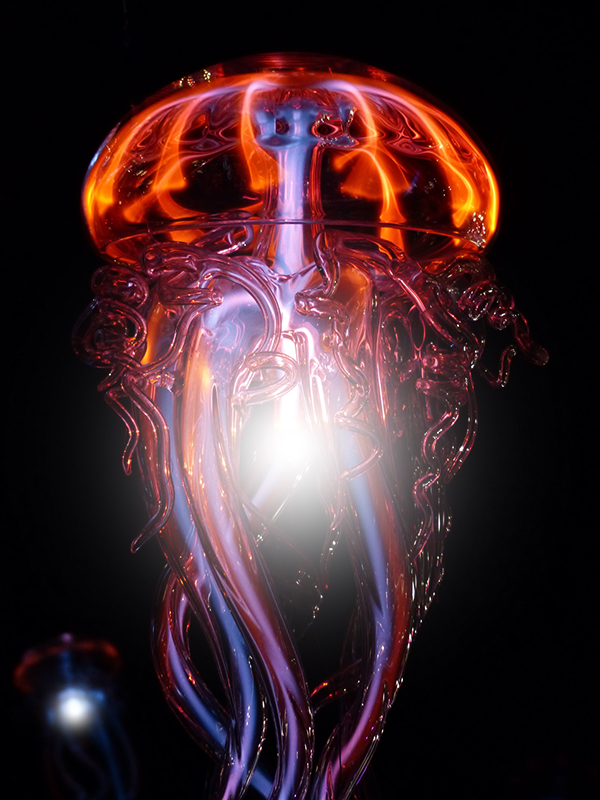

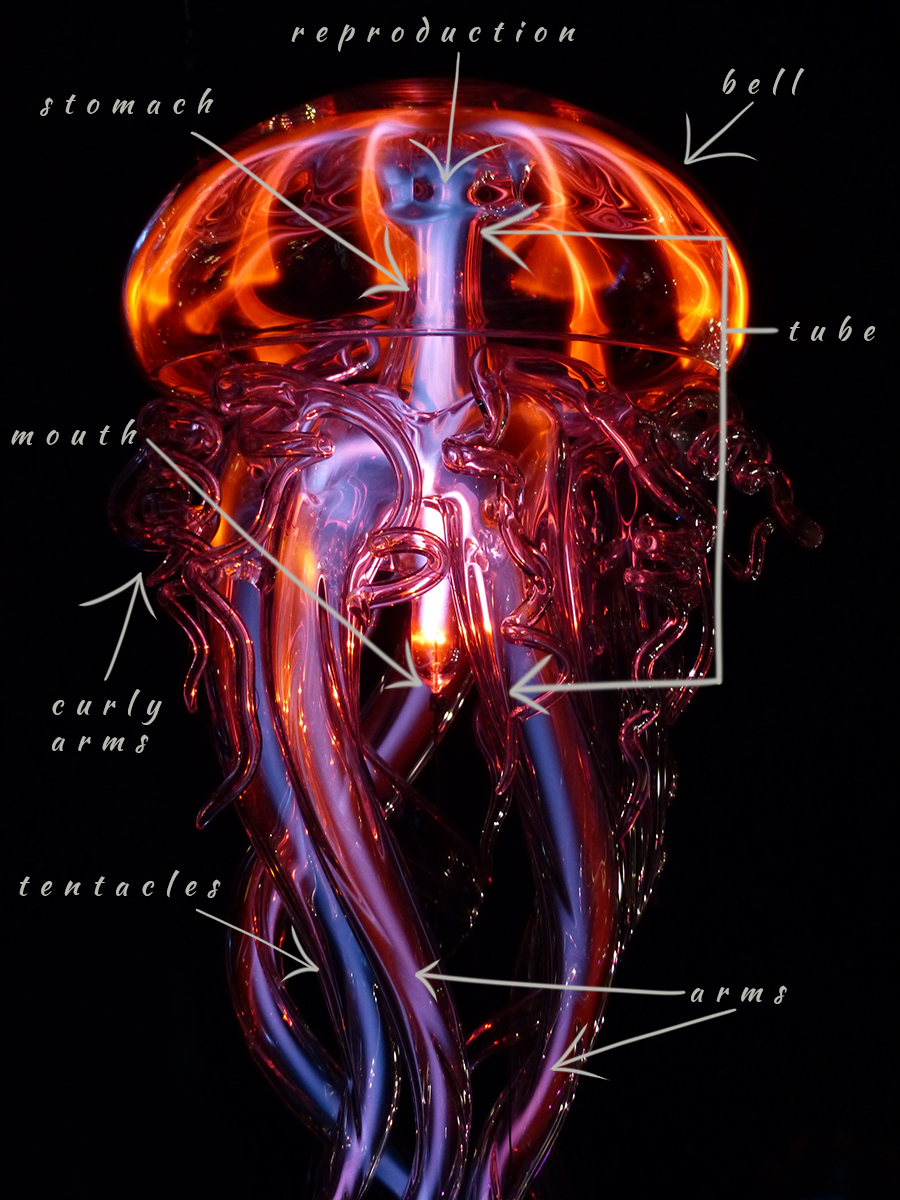

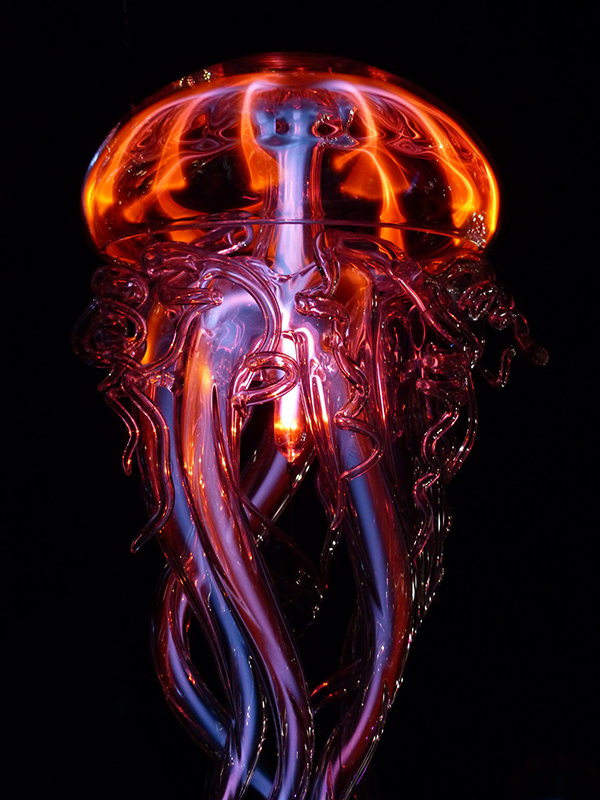
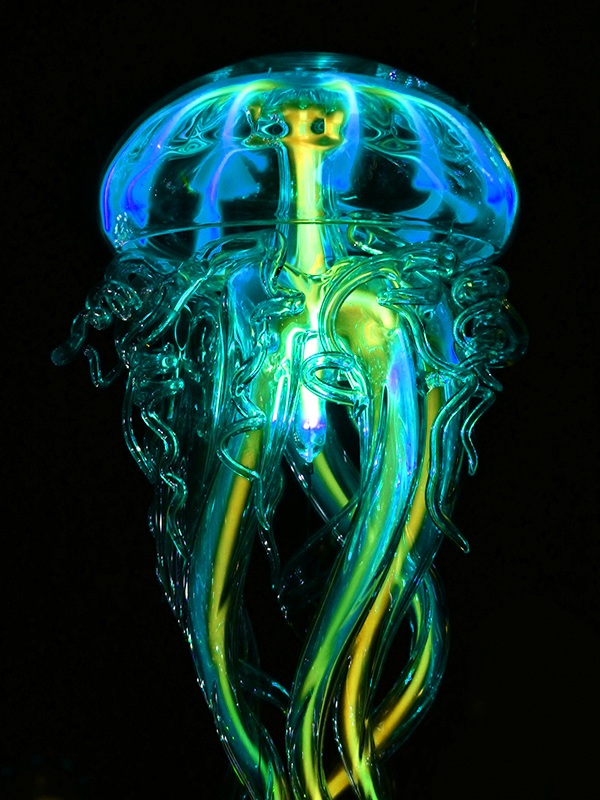

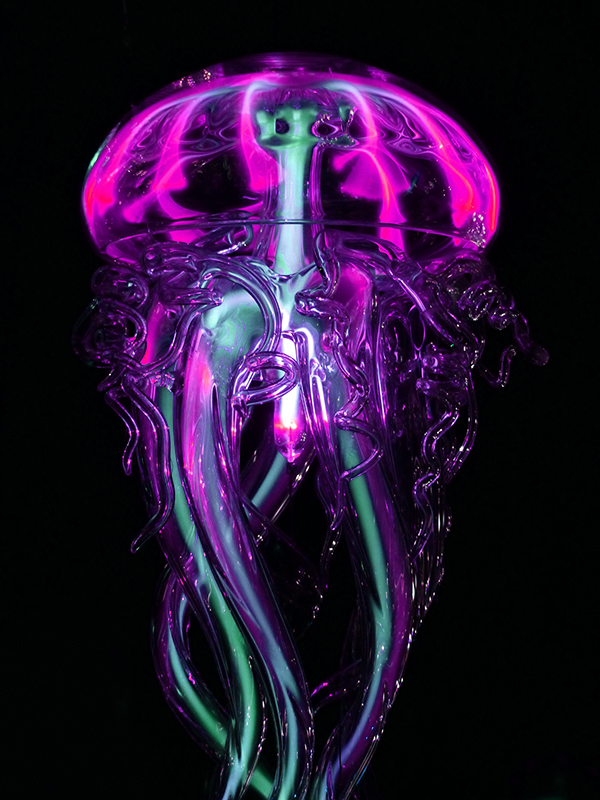


Interesting creatures. The varieties is a nice touch. Journal entry style makes it stand out a bit more.
Thank you :)